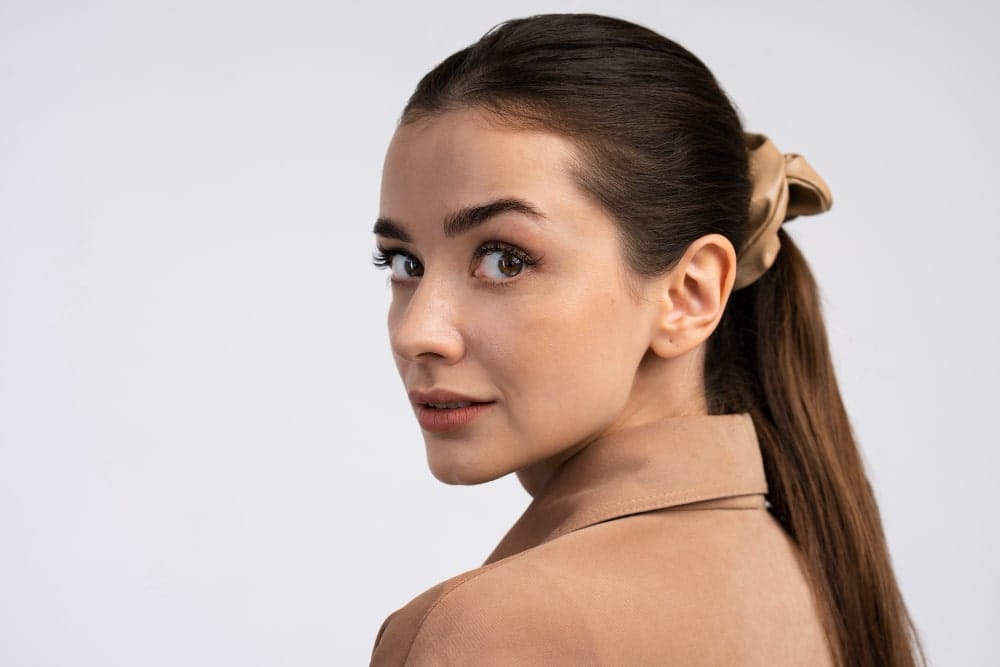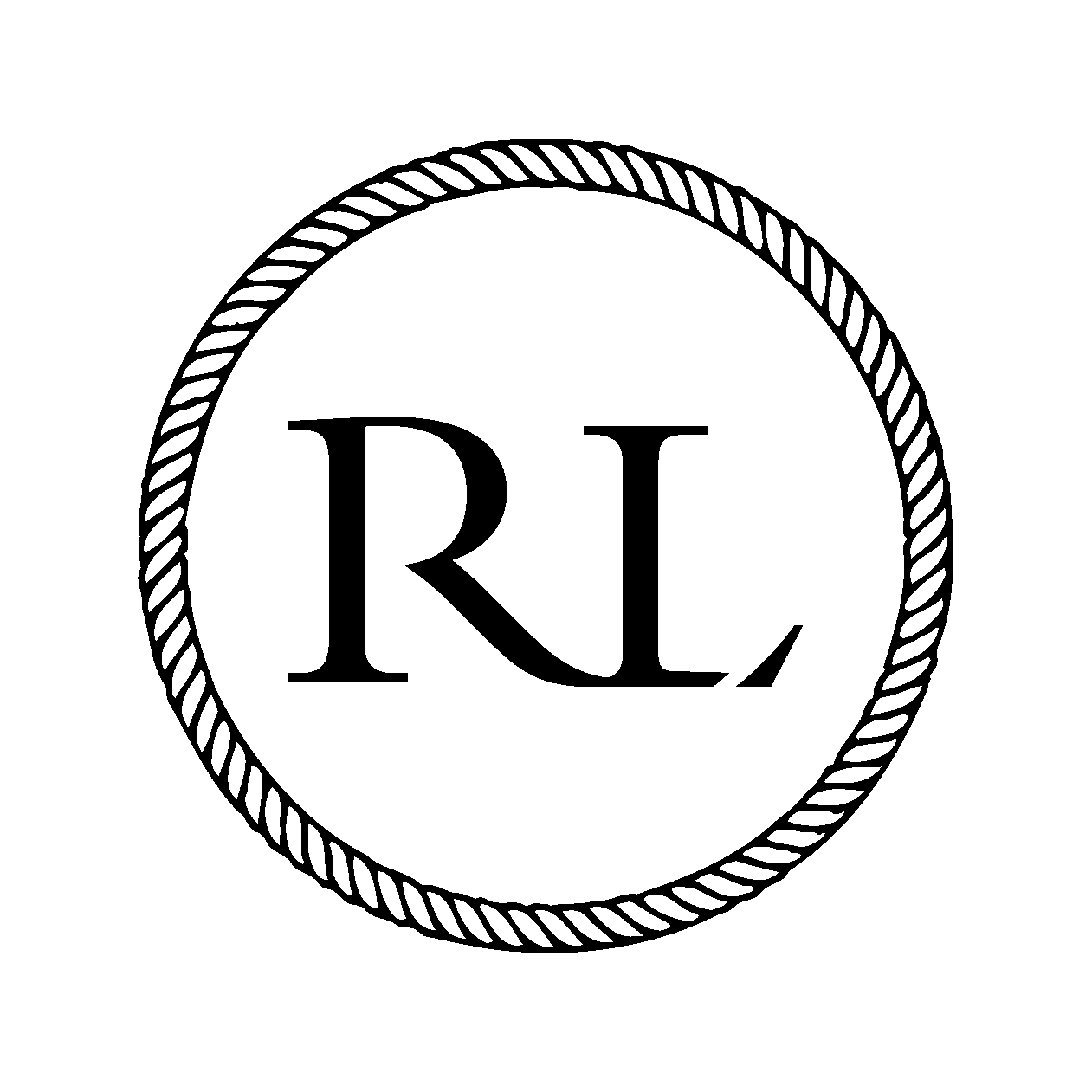The Lifespan of a Rhinoplasty: How Long Does It Really Last?

Plastic surgery is being increasingly sought after among individuals around the world. Alongside physical enhancements, it has immense positive effects on mental health, boosting an individual’s confidence and overall perception of themselves. But people often wonder if the results of such surgeries last long or not.
One of the most prominent plastic surgeries individuals can opt for is- Rhinoplasty. It’s a procedure that deals with reshaping the nose according to the aesthetic features of an individual’s face. It’s a harmless plastic surgery with few surgical complications, making it one of the most widely sought medical procedures worldwide. But the question that most people ask is how long the Rhinoplasty results last.
One of the biggest concerns of plastic surgery is that it shows adverse effects over time with ageing, and people who opt for Rhinoplasty have the same concern. This blog will discuss the total lifespan of a Rhinoplasty procedure and how long it lasts. Let’s get started!
Procedure of Rhinoplasty
Let’s discuss the complete process of Rhinoplasty and what a person can expect from it.
1. Types of Rhinoplasty
- Cosmetic Rhinoplasty: This is the most common type of rhinoplasty performed to improve the nose’s appearance. It can address issues like a hump, asymmetry, a wide bridge, or a drooping tip.
- Functional Rhinoplasty: In some cases, rhinoplasty is necessary to improve nasal function. This may involve correcting a deviated septum or repairing breathing problems.
2. Preparation
Before the surgery, a thorough consultation with a board-certified plastic surgeon is essential. During this consultation, you’ll discuss your goals, and the surgeon will evaluate your nasal structure. This is also the time to address any concerns or questions.
3. Anaesthesia
The first step of the Rhinoplasty procedure involves getting the patient under anaesthesia. Depending on the complexity of the surgery and the individual’s expectations, there are two types of anaesthesia to choose from-
- General Anaesthesia: The most common type of anaesthesia is given to the patient when it enters their body either by breathing in or through an IV breathing Pipe. As a result of General Anaesthesia, the patient is asleep throughout the entire surgical process.
- Sedation Anaesthesia: Unlike general anaesthesia, local anaesthesia only targets nasal fibres of the body where the medicine is used to numb the surgical area. The patient isn’t entirely asleep during the procedure but is left dazed, barely reacting or interrupting the process.
How Long Does Rhinoplasty Last?
One of the most common questions about rhinoplasty is, “How long will the results last?” The longevity of rhinoplasty results depends on various factors, including the surgical technique, the individual’s genetics, and the ageing process. Let’s explore these factors in more detail.
- Permanent Changes: Rhinoplasty provides permanent changes to the nasal structure. Those alterations are typically long-lasting once the surgeon reshapes the bone and cartilage. However, it’s important to note that while the changes are permanent, the ageing process can still affect the nose’s appearance.
- Ageing and Natural Changes: As we age, the tissues in our body naturally change. This applies to the nose as well. Over time, the skin can lose elasticity, and the underlying structures may shift slightly. These changes can lead to a perceived alteration in the nose’s appearance.
- Post-Surgery Care: To extend the longevity of rhinoplasty results, following the post-surgery care instructions provided by your surgeon is crucial. This includes avoiding trauma to the nose, wearing sunscreen to protect the skin from UV damage, and refraining from smoking, which can accelerate the ageing process.
- Individual Variability: Every person’s body is unique, and genetics significantly affect how long rhinoplasty results will last. Some individuals may experience minimal changes over the years, while others may notice more substantial alterations.
How to Take Care After Surgery?
Another question people ask about Rhinoplasty is, “What Would I Look Like With A Nose Job?” Proper care after rhinoplasty is crucial for a successful recovery and lasting results. Your surgeon will provide specific postoperative instructions, but here are some general guidelines to keep in mind:
- Rest and Recovery
After surgery, rest is essential. It would help if you took time off from work or your daily activities to allow your body to heal. Elevating your head while sleeping can help reduce swelling.
- Pain Management
You may experience some discomfort or pain after the surgery. Your surgeon will prescribe pain medications if necessary. Follow their recommendations for pain management.
- Follow Instructions
Adhering to your surgeon’s instructions is paramount. This includes attending follow-up appointments, avoiding strenuous activities, and refraining from touching or manipulating your nose during healing.
- Swelling and Bruising
Swelling and bruising are common after rhinoplasty. Applying cold compresses can help reduce these symptoms. The initial swelling usually subsides within a few weeks.
- Avoiding Trauma
Protect your nose from any accidental trauma or pressure during the healing period. Be gentle when cleaning your face, and avoid activities that could result in injury.
Short-Term Expectations
In the weeks and months following the nose job in London, there are certain short-term expectations you can anticipate. Right after surgery, your nose will likely be swollen and bruised. The final results will be visible later. It may take several weeks for the initial swelling to subside.
If you underwent functional rhinoplasty to address breathing issues, you may experience improved airflow shortly after surgery. However, breathing may be temporarily compromised due to swelling and congestion. Over the first few weeks, you’ll see noticeable improvements in the appearance of your nose as swelling subsides. However, the final results will continue to develop over the coming months.
The First Year: Settling into Your New Nose
Rhinoplasty before after results evolve with time, and the first year is crucial for observing the full extent of the changes:
- Months 1-3: Most swelling diminishes during this period, and you’ll see your nose taking on its new shape. It’s common for patients to be satisfied with their results at this stage.
- Months 4-6: As the nose continues to heal, you may notice refinements in the appearance. Being patient and avoiding making hasty judgments about the results is essential.
- Months 7-18: Approximately by the end of the first year, your nose should have settled into its permanent shape. Any minor imperfections or irregularities should have been resolved by this time.
Long-Term Results: Years 1 to 5
In the years following your rhinoplasty before and after process, you can expect your results to remain stable and provide a lasting improvement in the appearance and function of your nose:
- Year 1: At the end of the first year, your nose should have settled into its final shape. Any minor swelling or irregularities should have resolved, leaving you with a well-defined and harmonious nose.
- Years 2 to 3: The results should remain consistent during these years. Your nose should maintain its shape, and you’ll enjoy the benefits of a well-performed rhinoplasty.
- Years 4 to 5: Long-term results are still very positive during this period. The nose may naturally continue to age with the rest of your face, but the initial improvements from rhinoplasty are typically preserved.
Beyond Five Years: Aging with Your Rhinoplasty
As time passes, your nose will undergo natural ageing processes like the rest of your face. The skin may lose some elasticity, and the underlying structures can shift subtly. While these changes are part of the ageing process, they may impact the appearance of your nose to a certain degree.
Some patients may opt for minor touch-up procedures to address age-related changes beyond five years. These procedures are generally less extensive than the initial surgery and are often called “revision rhinoplasty.” Suppose you are concerned about changes in the appearance of your nose as time goes on. In that case, it’s advisable to consult with your original surgeon. They can guide whether a revision procedure is necessary and what options are available.
Maximizing the Lifespan of Your Rhinoplasty
Maintain a healthy lifestyle by eating well, staying hydrated, and avoiding smoking. These practices can help preserve the quality of your skin and overall facial appearance. Protect your skin and the results of your rhinoplasty by wearing sunscreen and avoiding excessive sun exposure. UV rays can accelerate the ageing process. Continue to schedule regular check-ups with your Rhinoplasty London surgeon. They can monitor your progress, answer your questions, and provide guidance on maintaining your results.
Discover the Beauty of Rhinoplasty with Rhinoplasty LDN
Rhinoplasty is not just about altering the appearance of your nose; it’s about rediscovering your confidence and embracing the beauty that’s uniquely yours. At Rhinoplasty LDN, we understand the power of this procedure and are committed to helping you achieve your ideal nose.
With our skilled and experienced surgeons, you can achieve a more harmonious facial balance, improved breathing, and a profound sense of self-assurance with our exceptional service of nose job in London. Every nose is a work of art waiting to be unveiled, and we take pride in sculpting the nose that best complements your features, bringing out your inner radiance.
Beyond the initial procedure, our commitment extends to your long-term satisfaction. We’re here to guide you through the years, ensuring that the results of your rhinoplasty remain as stunning and enduring as the day you first unveiled them.
Frequently Asked Questions
The final results of a rhinoplasty can take time to emerge fully. In the immediate postoperative period, you'll notice some initial changes. Still, it may take several weeks for the swelling to subside.
